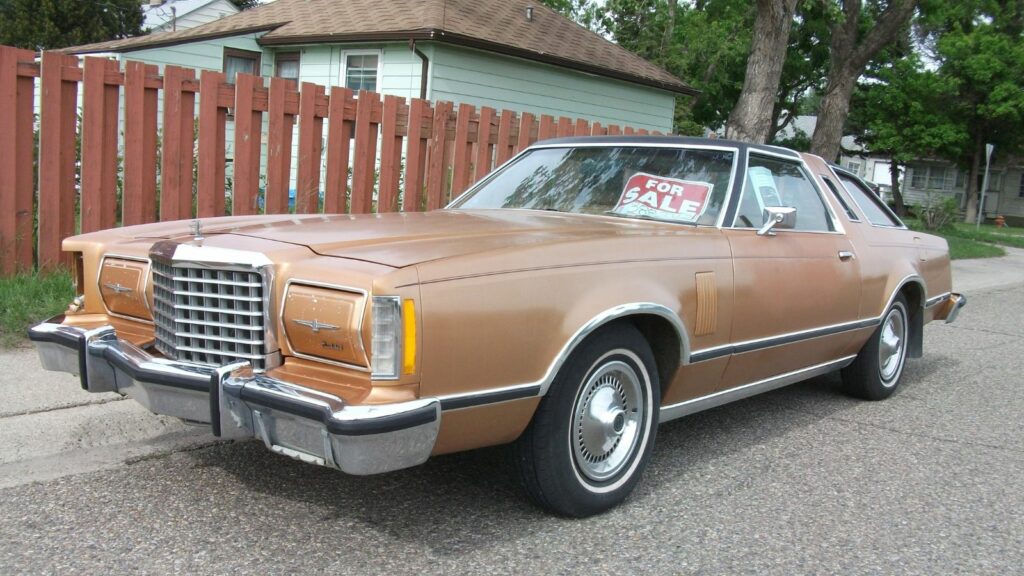The 1970s were a decade of extremes in the car world. Engines were massive, cars were heavy, and chrome was everywhere. For a while, gas was cheap enough that no one cared about fuel efficiency — until the oil crises of 1973 and 1979 sent shockwaves through North America. Suddenly, the thirsty monsters that once ruled highways became a burden at the pumps. Canadians, like their American neighbors, felt the pinch when fuel prices doubled, and cars that once symbolized luxury or muscle quickly earned reputations as gas guzzlers. Expanded with more context, stories, and Canadian perspective, here are 20 cars from the 70s that had a serious “drinking problem.”
Cadillac Eldorado (1971–1978)
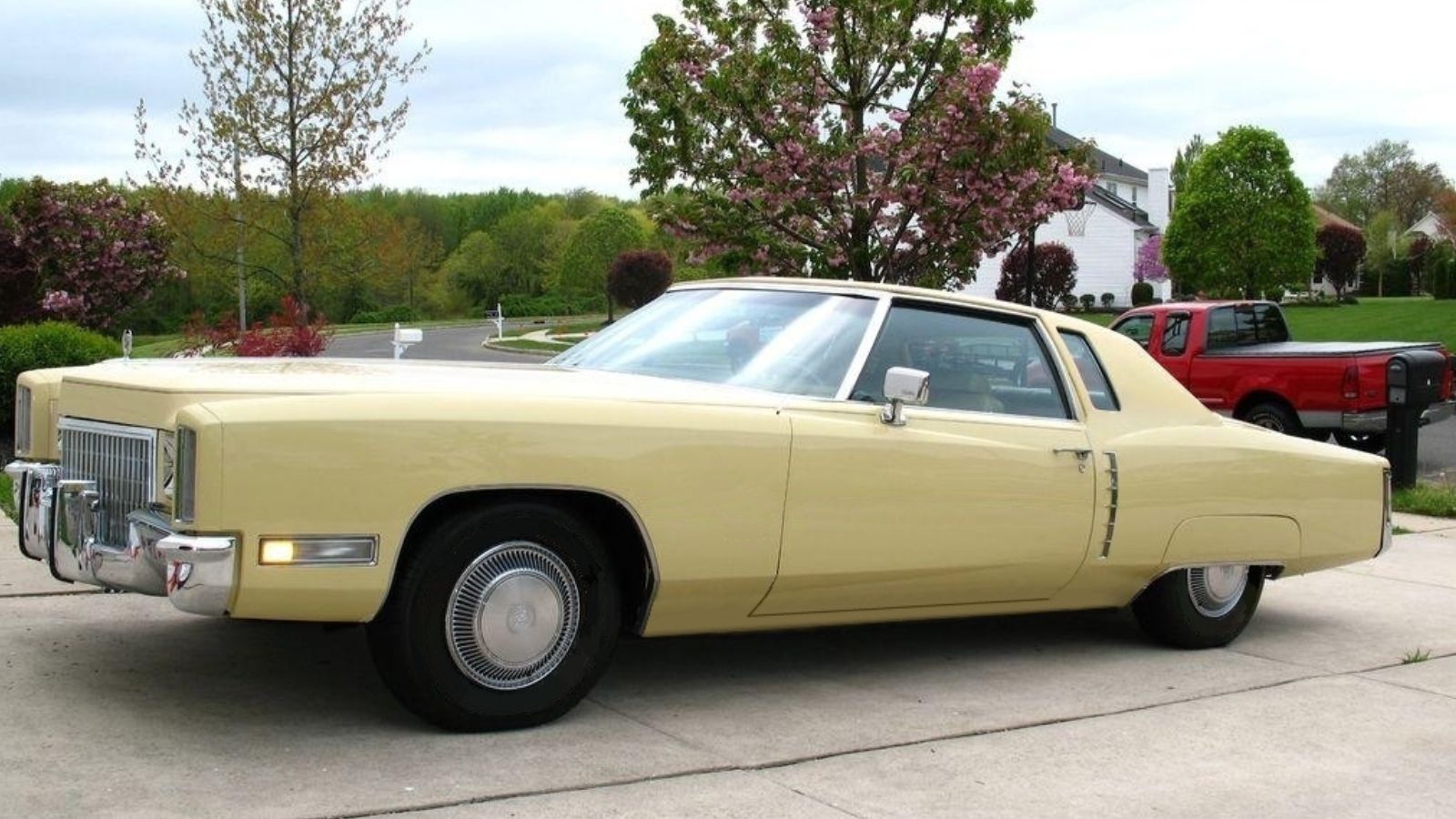
The Cadillac Eldorado of the 70s was the definition of excess. Its 500-cubic-inch V8 was one of the largest passenger car engines ever built, delivering smooth but thirsty performance. Canadians who bought Eldorados loved the prestige but cringed at the single-digit mileage. Owning one meant visiting the gas station almost as often as the grocery store.
Chevrolet Impala (1970–1976)
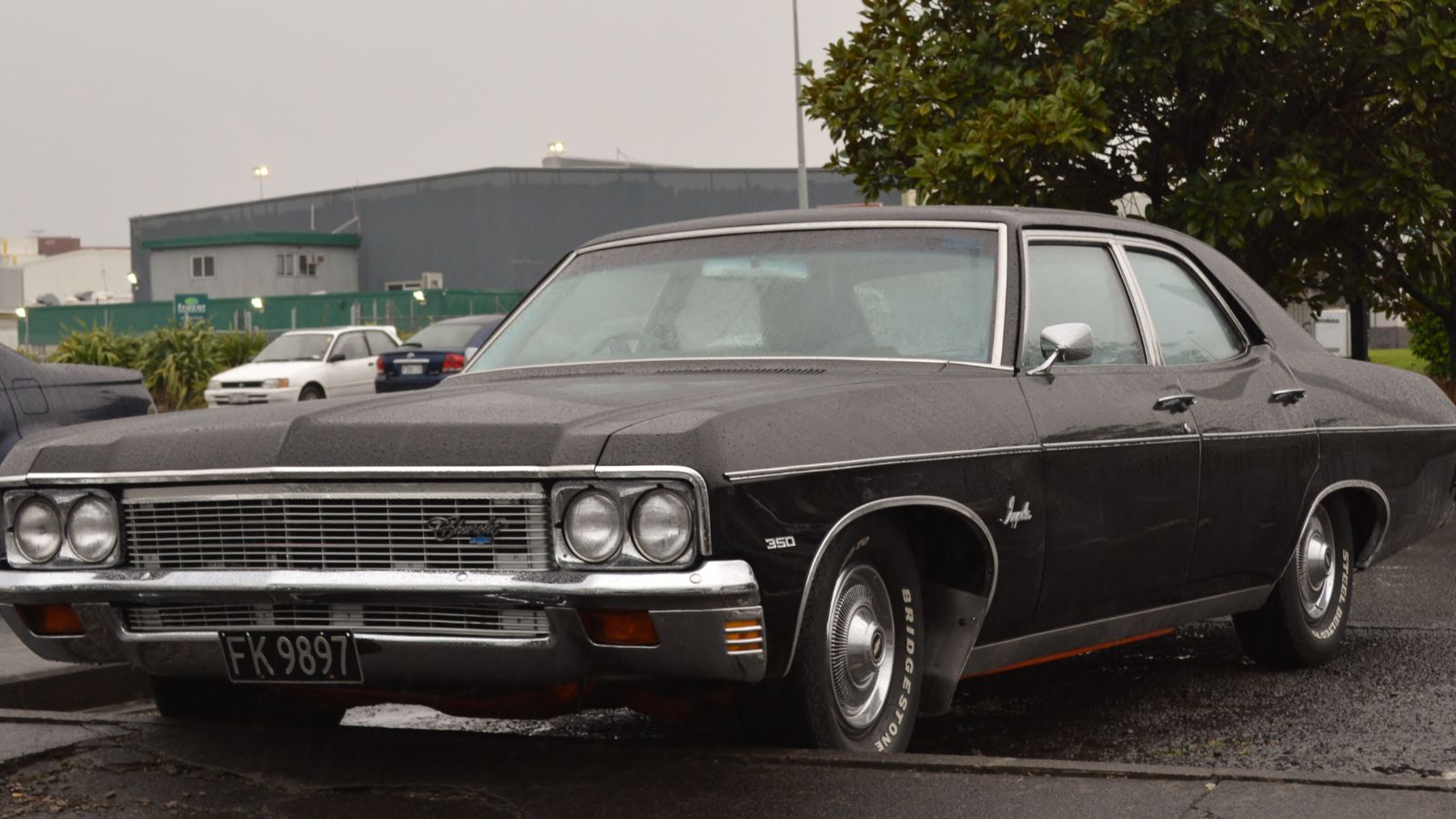
The Impala was a Canadian favorite in the early 70s thanks to its size, comfort, and reliability. Families loved it for road trips, but its big-block engines gulped fuel at an alarming rate. Once the oil crisis hit, those same families realized that what once felt affordable suddenly required budgeting just for gas.
Ford Thunderbird (1972–1979)
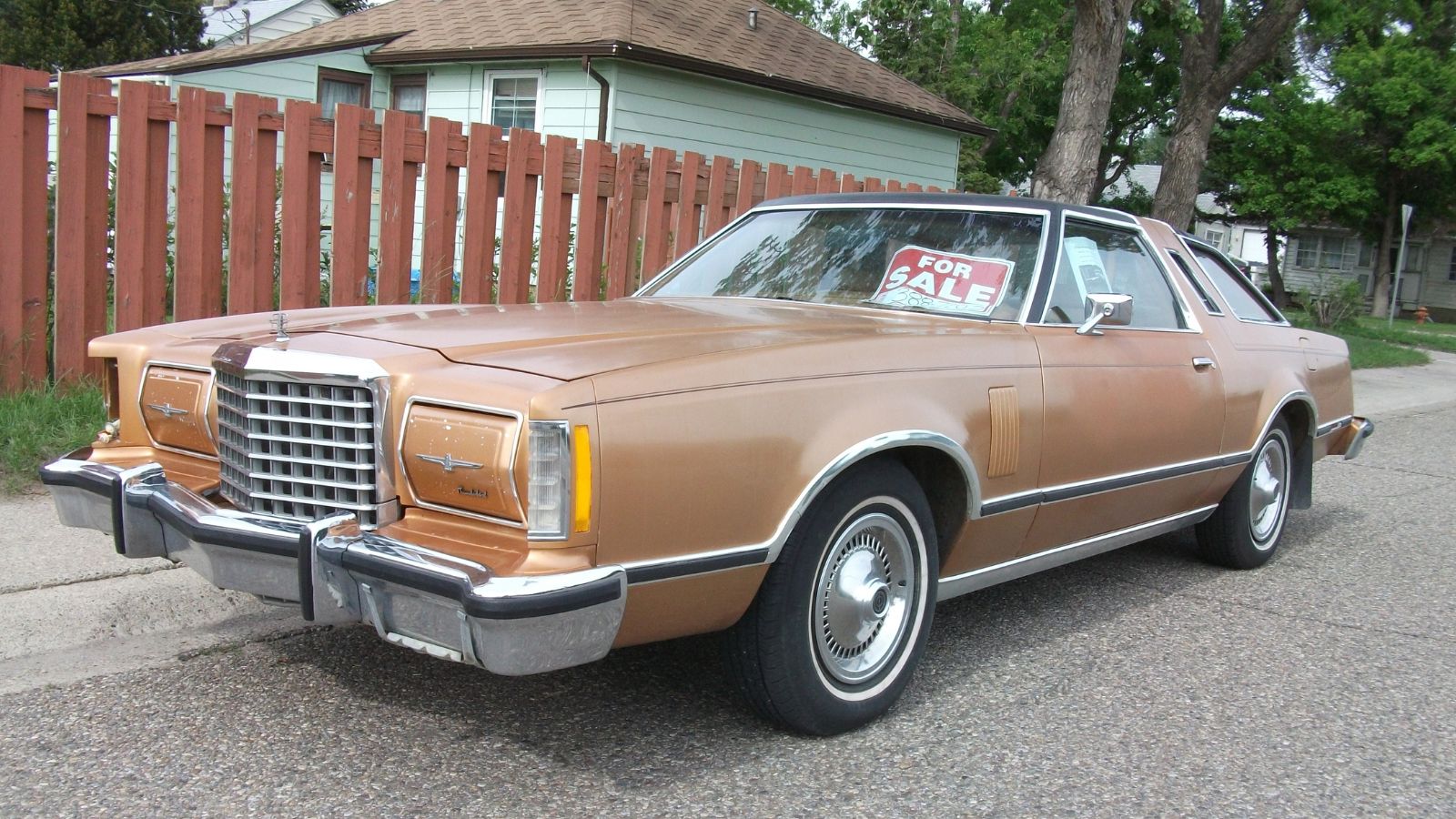
The Thunderbird had transformed from a sporty coupe into a personal luxury cruiser by the 70s. With its massive weight and V8 engines, it delivered smoothness but destroyed wallets at the pump. Canadian owners who wanted American luxury were forced to accept that their beloved T-Bird had a thirst that matched its size.
Dodge Charger (1971–1974)
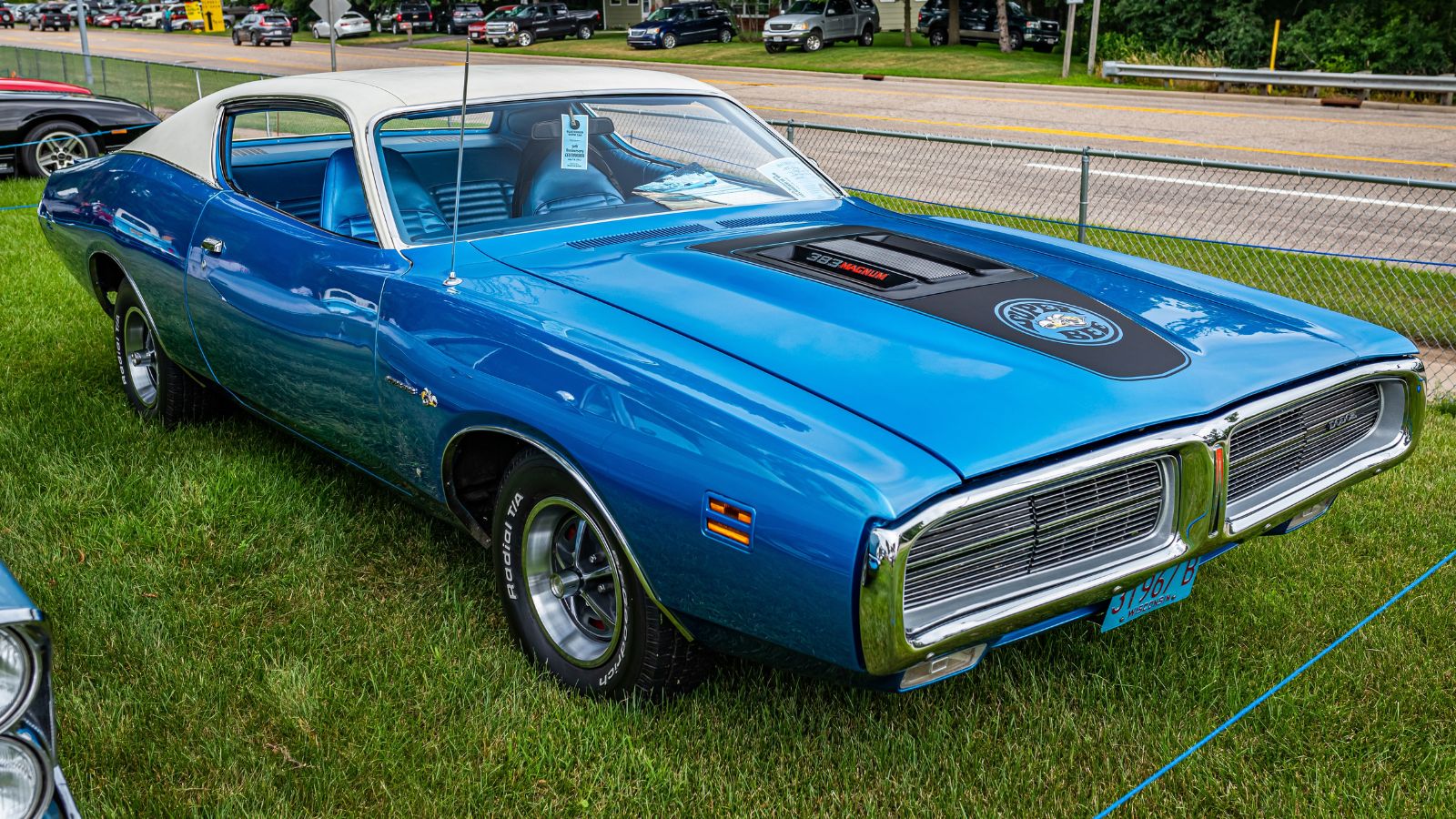
By the early 70s, the Dodge Charger was a full-blown muscle car with engines like the 440 Magnum and the legendary 426 HEMI. It was fast and powerful, but when the oil crisis struck, its voracious appetite for premium gas made it a tough sell. Canadian Charger owners often held onto theirs proudly, but not without feeling the burn each time they filled up.
Pontiac Grand Prix (1973–1977)
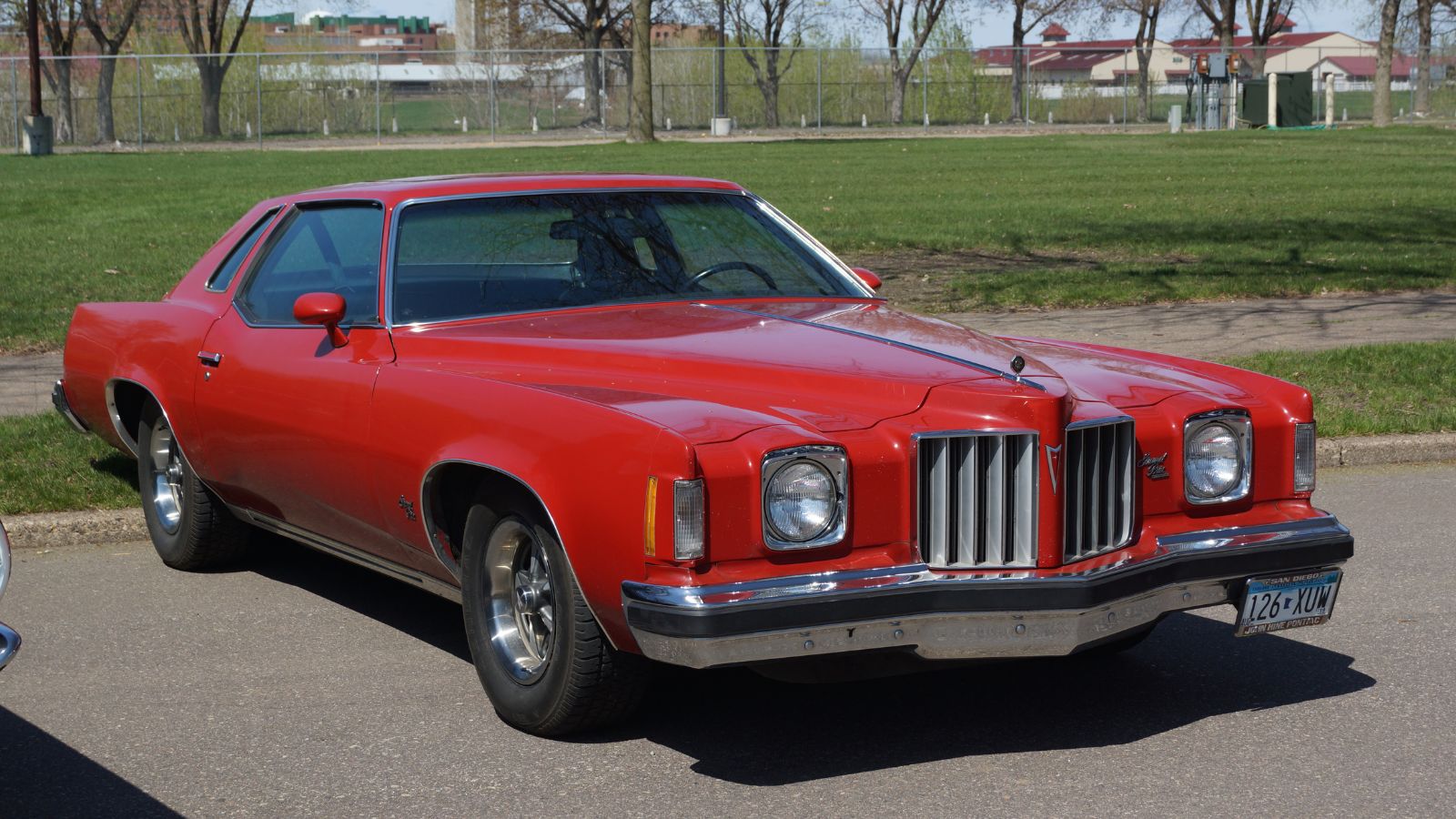
The Grand Prix represented Pontiac’s idea of sporty luxury. Stylish and comfortable, it appealed to Canadian buyers looking for flair in their daily driver. But its big V8s drank fuel at a rate that was unsustainable when gas prices spiked. Many Grand Prix drivers joked that their car got “miles per gallon only when parked.”
Chrysler New Yorker (1970–1978)
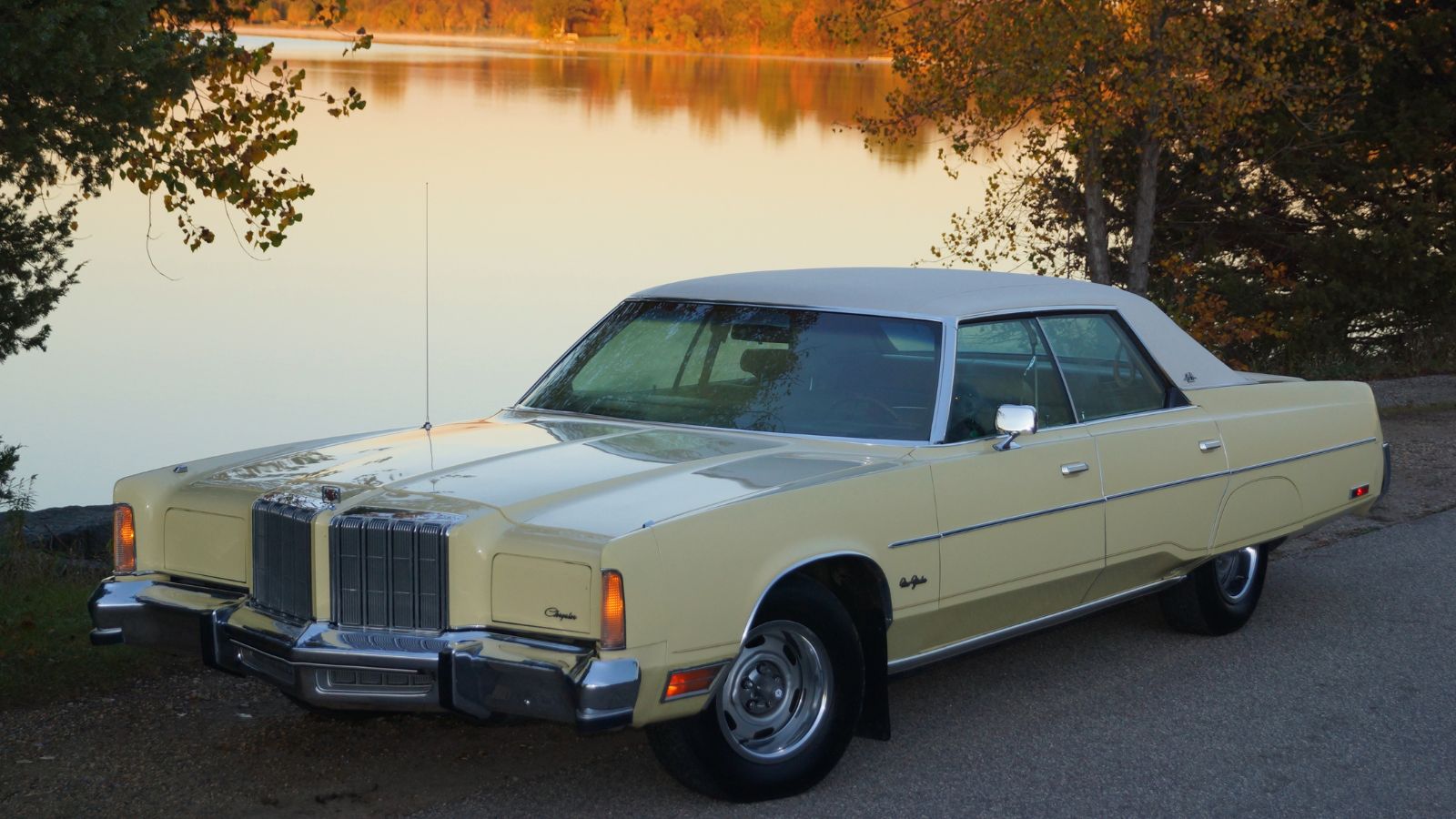
The New Yorker was Chrysler’s flagship sedan, with acres of sheet metal and plush interiors. Under the hood were engines that made no concessions to fuel economy. Canadian New Yorker drivers enjoyed unrivaled luxury but had to accept that the car’s idea of efficiency was getting from one pump to the next.
AMC Ambassador (1970–1974)
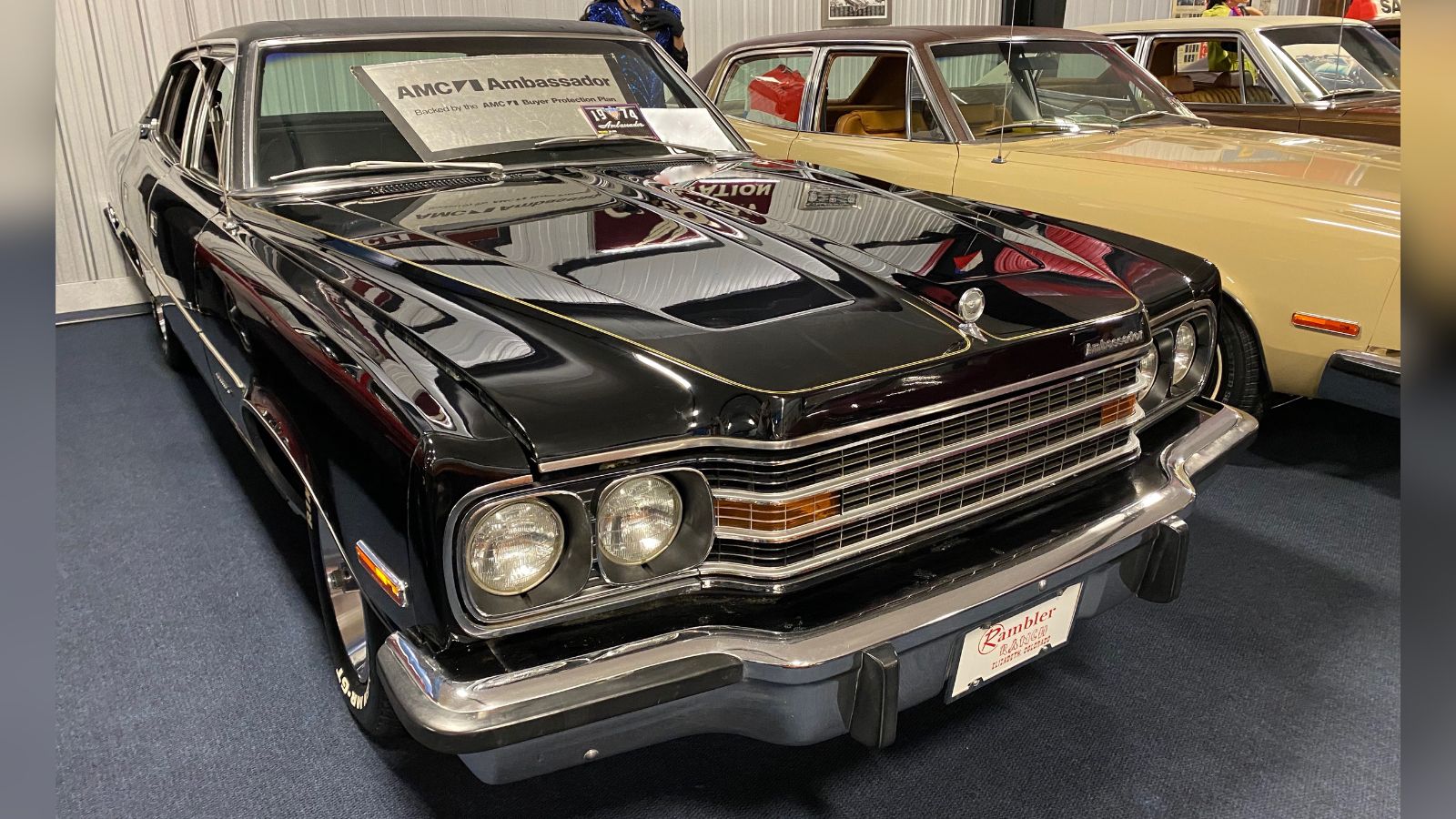
AMC’s flagship model was meant to compete with the big boys, and it offered comfort and decent power. But with V8 engines as its bread and butter, it was just as thirsty as its rivals. For Canadians, who often bought AMC cars for their affordability, the Ambassador’s fuel bill sometimes canceled out the savings.
Buick Riviera (1971–1978)
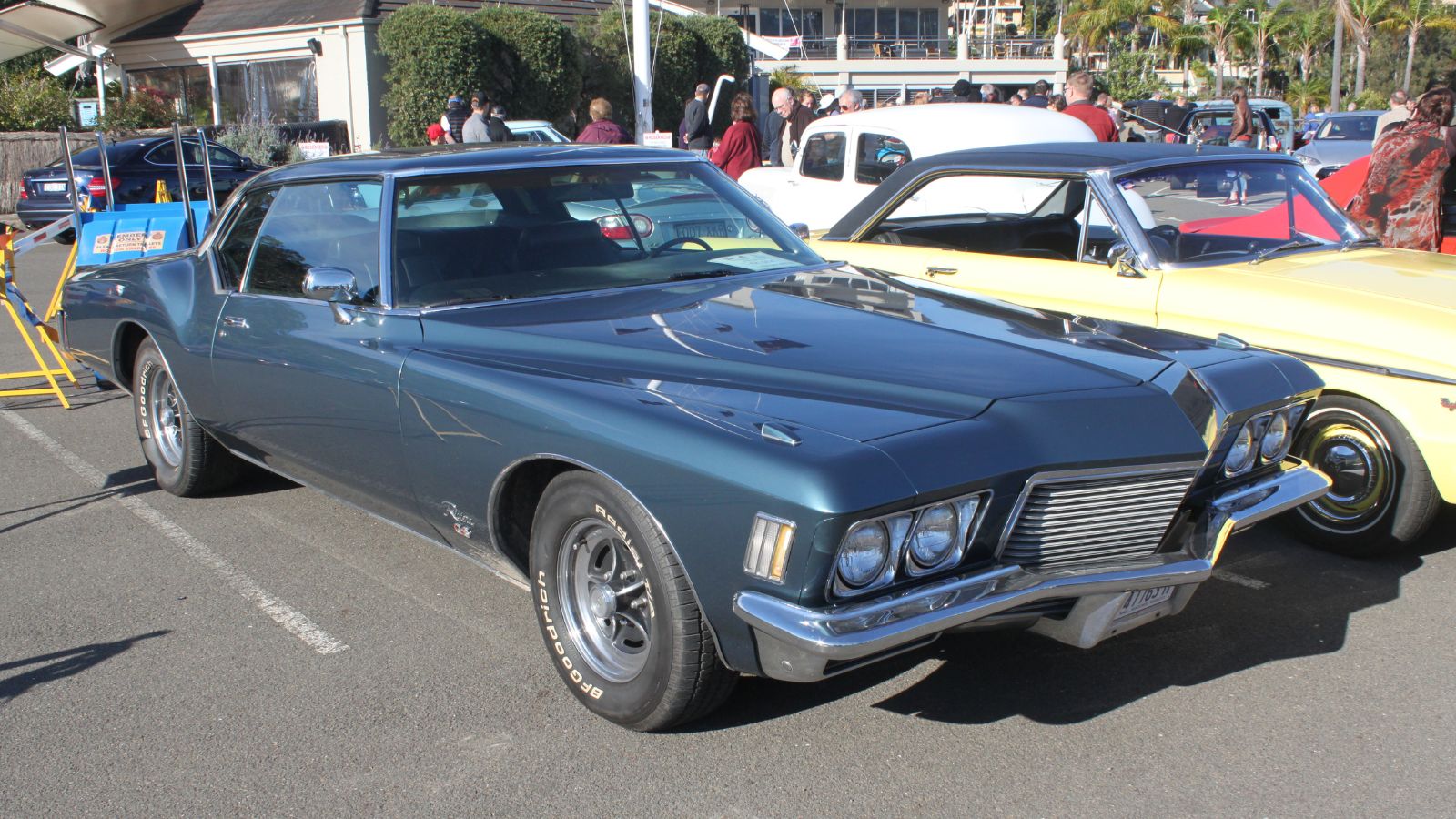
The Riviera of the early 70s is remembered for its striking boat-tail design. Canadians admired its looks, but its massive 455-cubic-inch engine was one of the thirstiest of the decade. Owners often loved the style enough to put up with terrible mileage, but the oil crisis made running one almost indulgent.
Oldsmobile Toronado (1970–1978)
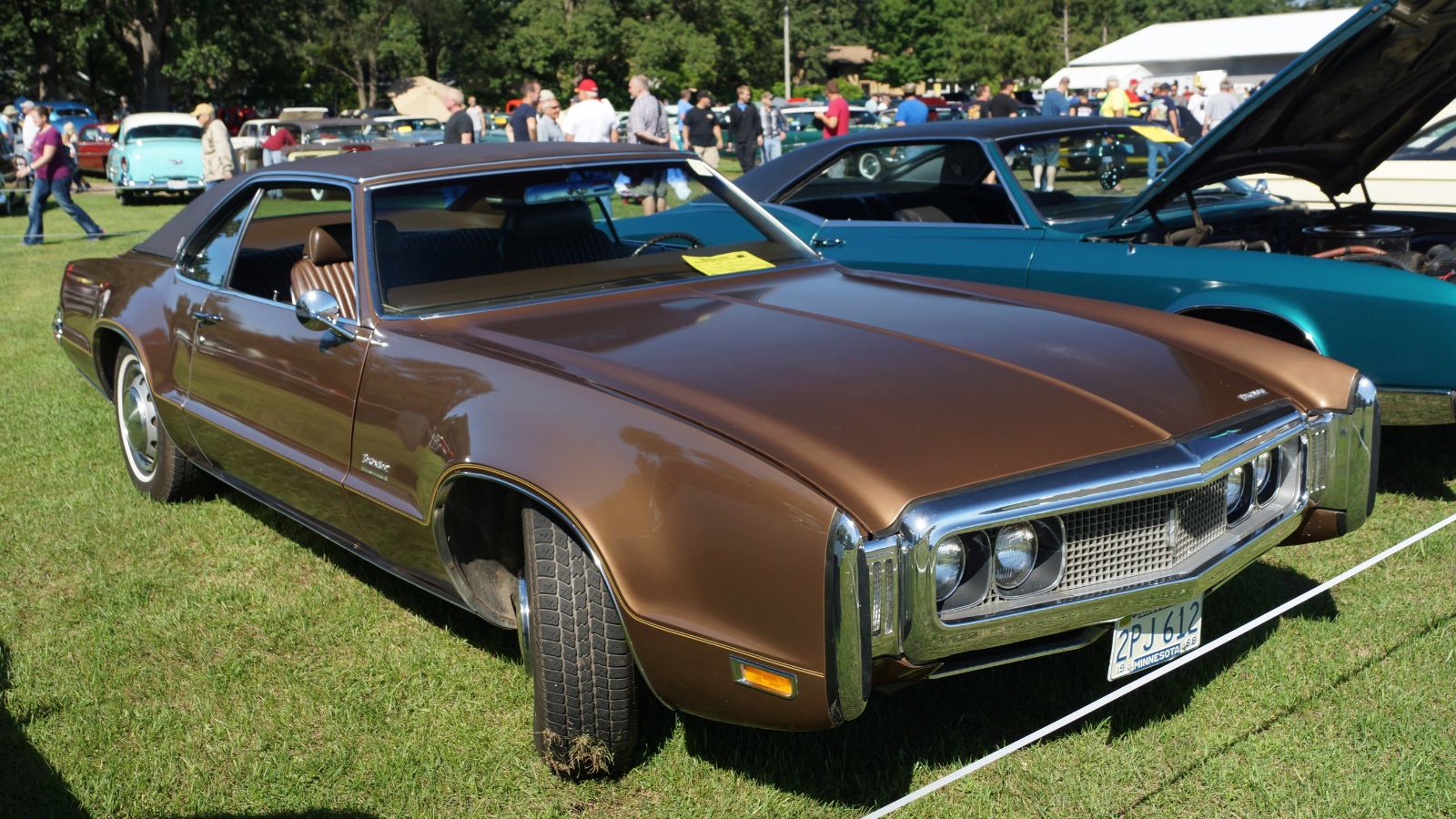
The Toronado, like the Eldorado, was front-wheel-drive and innovative for its time. But it carried heavy, thirsty engines that delivered awful fuel economy. Canadian buyers who wanted something different than the usual RWD luxury sedan had to pay the price — literally — every time they filled up.
Lincoln Continental Mark IV (1972–1976)
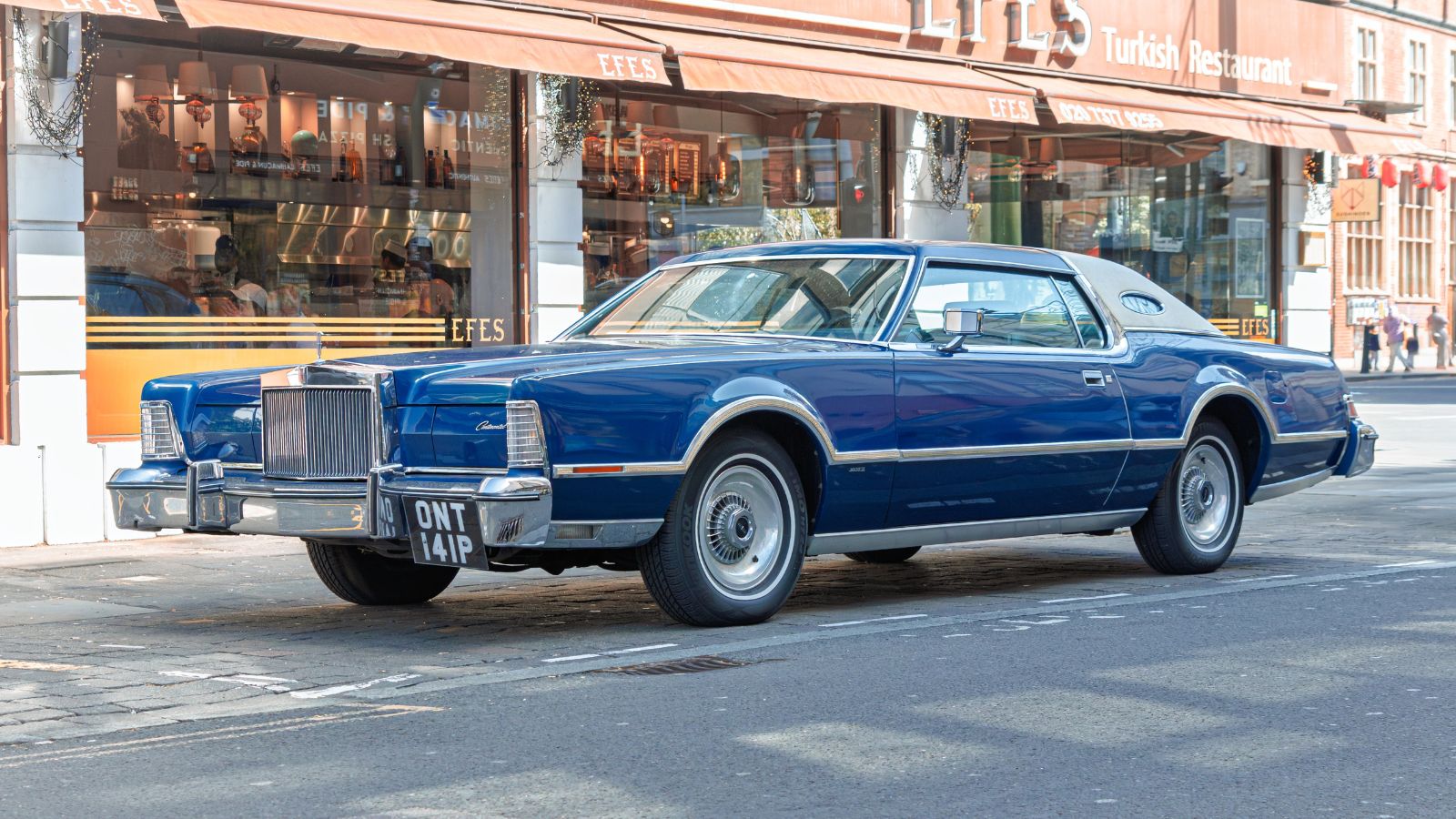
The Mark IV embodied 70s American luxury with opera windows, a vinyl roof, and massive proportions. It also came with a 460-cubic-inch V8 that struggled to deliver even 10 mpg. In Canada, owning one was a symbol of prestige, but it made fuel costs rival the monthly mortgage.
Chevrolet Corvette (1970–1979)
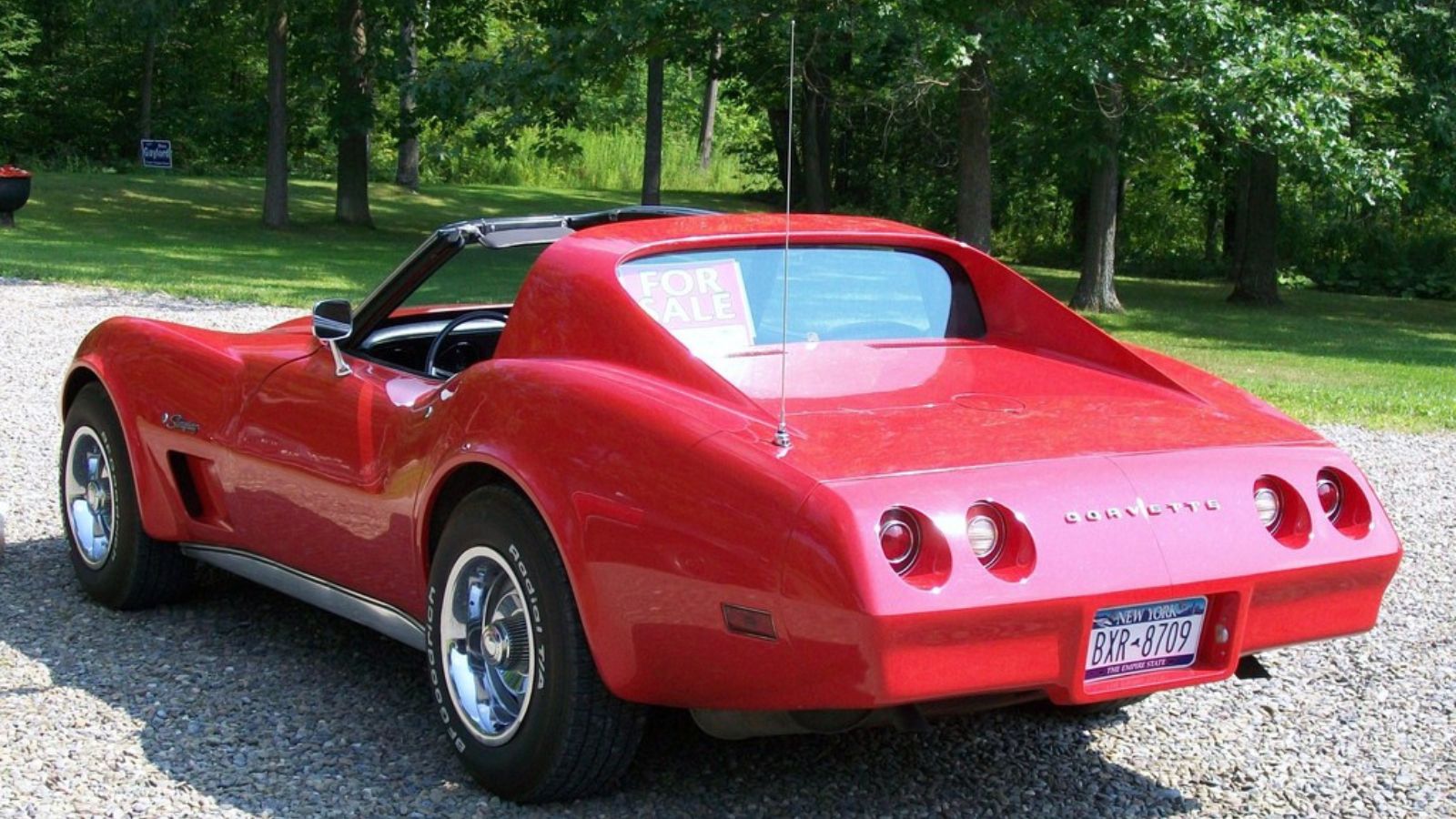
The Corvette of the early 70s was a proper performance car, with big-block engines offering raw power. But these engines also made it one of the thirstiest sports cars on the road. Even the later, smog-era Corvettes still required frequent stops at the pumps. Canadian enthusiasts loved the image but paid dearly at every gas station.
Dodge Monaco (1970–1977)
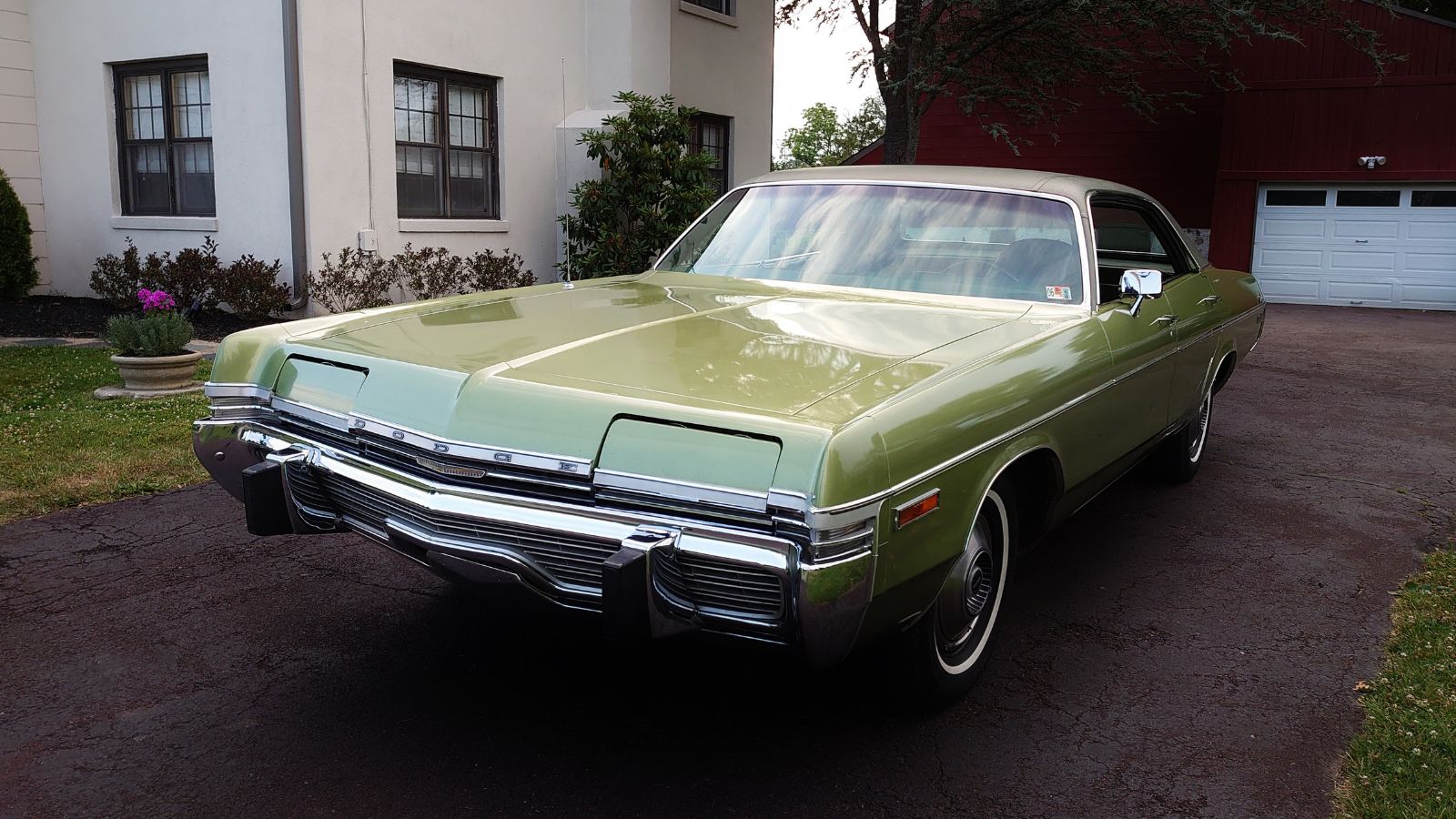
The Dodge Monaco was a versatile car, used as a family sedan, a luxury cruiser, and even by police departments. Its engine options, especially the large V8s, made it very thirsty. Canadian police forces that used Monacos quickly learned that running a fleet of them was a costly affair during fuel spikes.
Pontiac Firebird Trans Am (1970–1979)
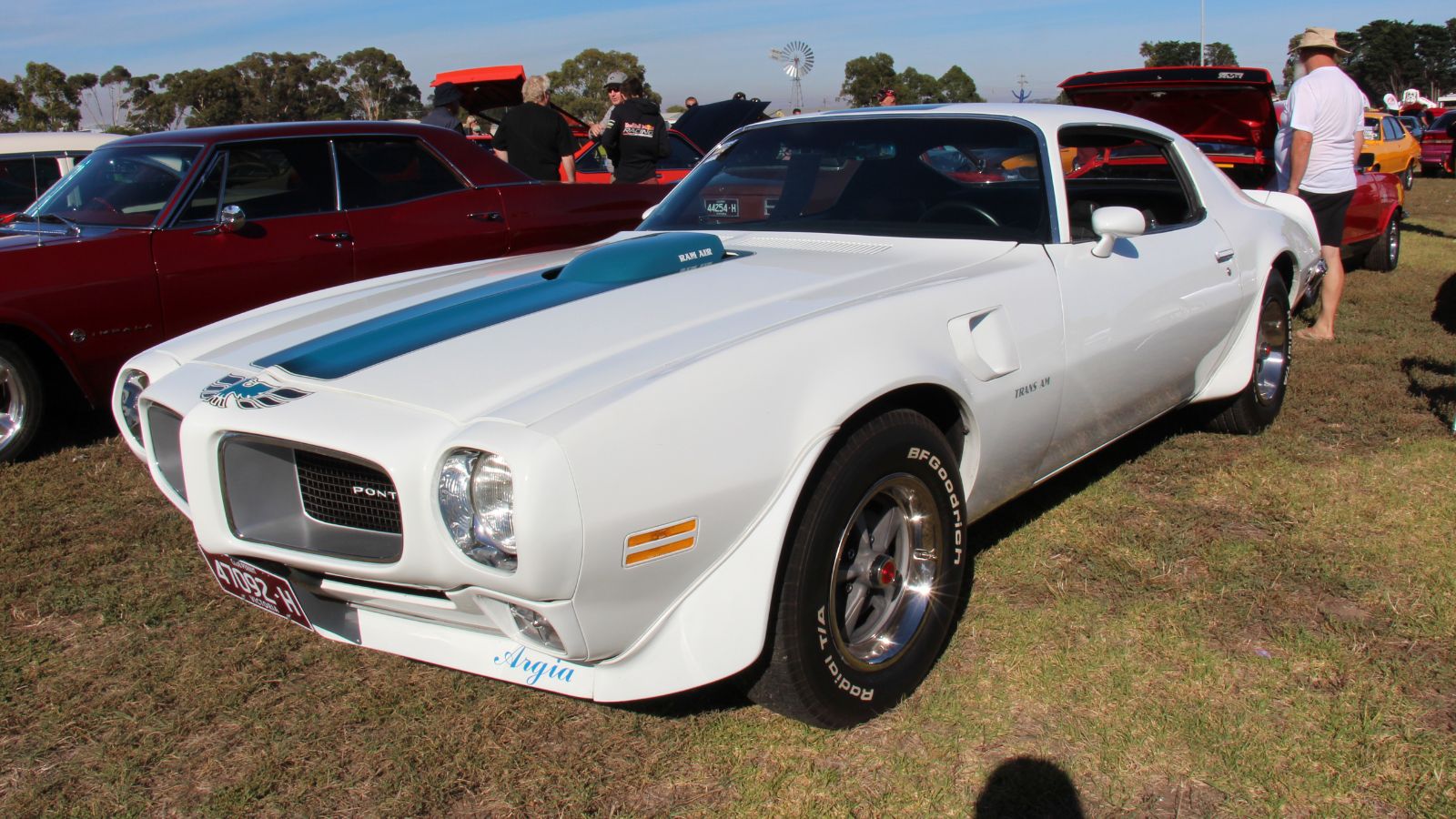
The Trans Am became a cultural icon, especially after Smokey and the Bandit. Canadians loved its style and muscle-car appeal, but its V8s weren’t subtle. Many owners joked they spent as much time hanging out at gas stations as they did driving on highways.
Ford LTD (1970–1978)
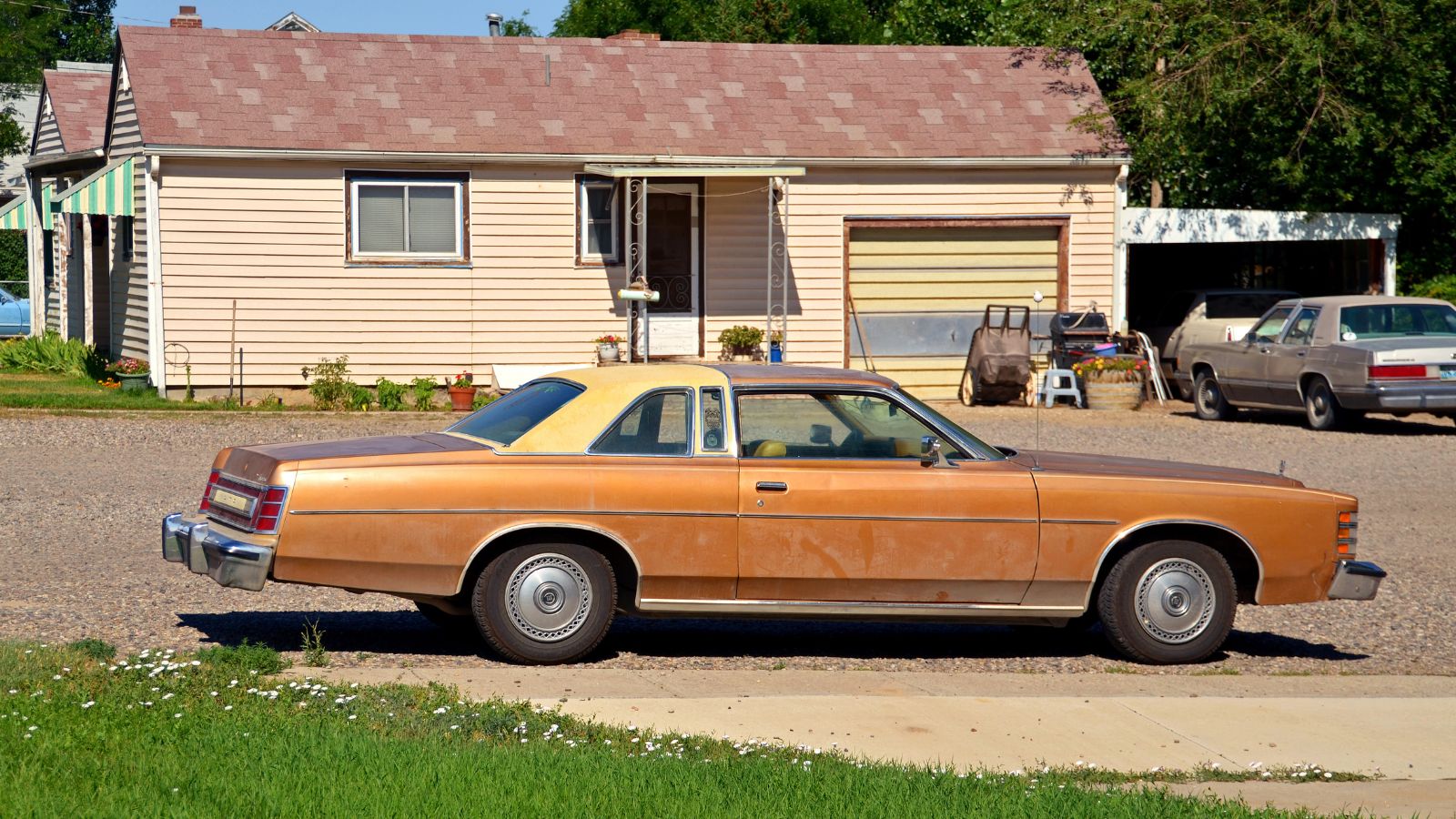
The Ford LTD was the quintessential suburban family car. Spacious, comfortable, and reliable, it was one of the most common cars on Canadian roads. But its big V8s guaranteed that even short trips cost plenty in gas. It was practical in every sense except fuel economy.
Mercury Cougar (1971–1973)
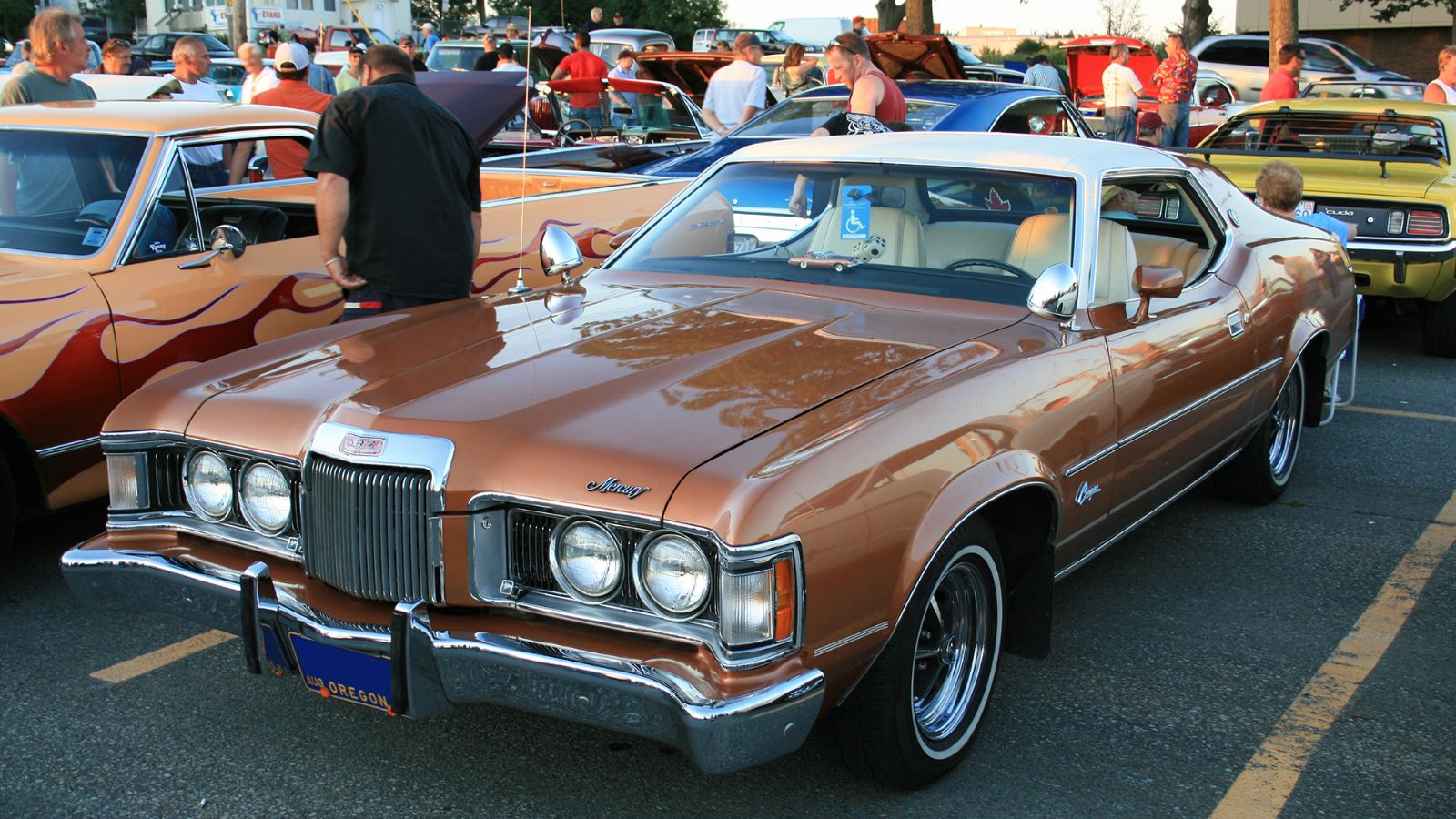
In the early 70s, the Cougar moved from being a pony car to more of a personal luxury coupe. Unfortunately, that move also came with weight gain and big V8s that made it a guzzler. For Canadians, it was a stylish alternative to the Mustang, but they quickly learned it came with a heavy fuel penalty.
Plymouth Fury (1970–1977)
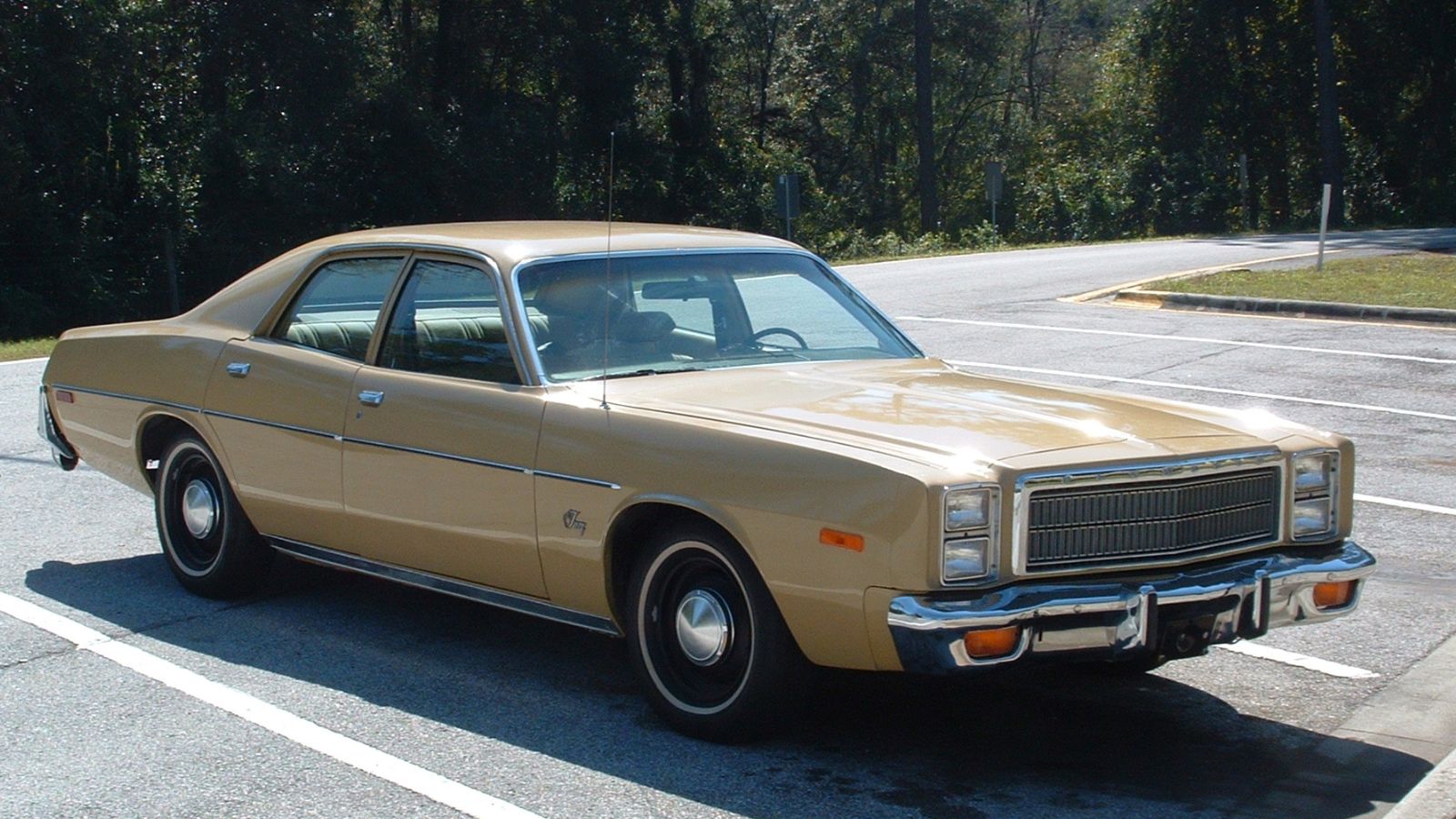
The Fury was everywhere in Canada, from family garages to police departments. But no matter who drove it, the Fury’s big-block V8s consumed fuel at a terrifying rate. For many Canadians, this was the car that taught them the meaning of “guzzler.”
Chevrolet Caprice (1971–1976)
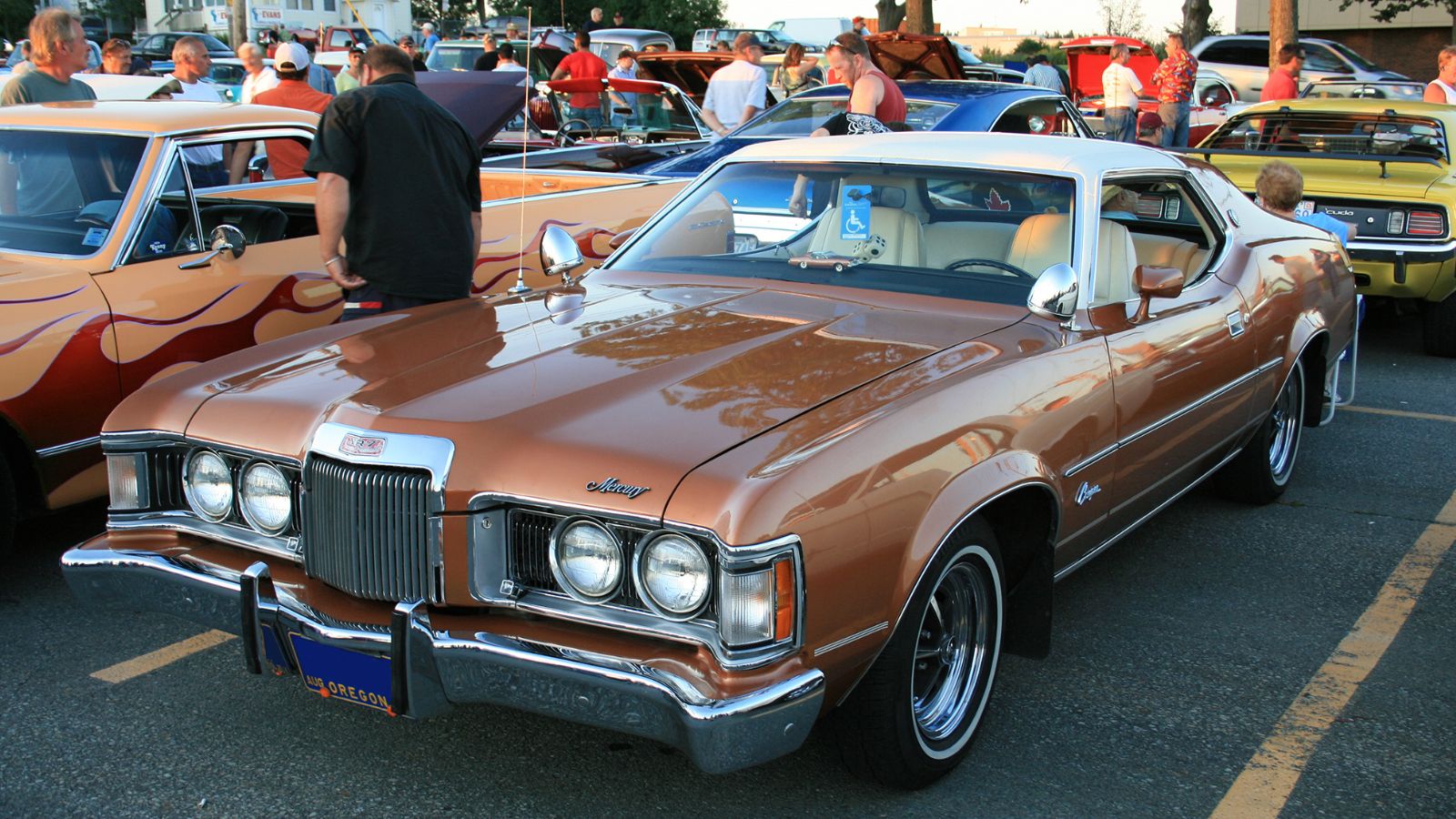
As Chevy’s top luxury sedan, the Caprice was built to be big and comfortable. Canadians adored its smooth ride, but it demanded constant fill-ups. By the late 70s, when gas prices soared, even loyal owners admitted the Caprice had a serious fuel habit.
Dodge Challenger (1970–1974)
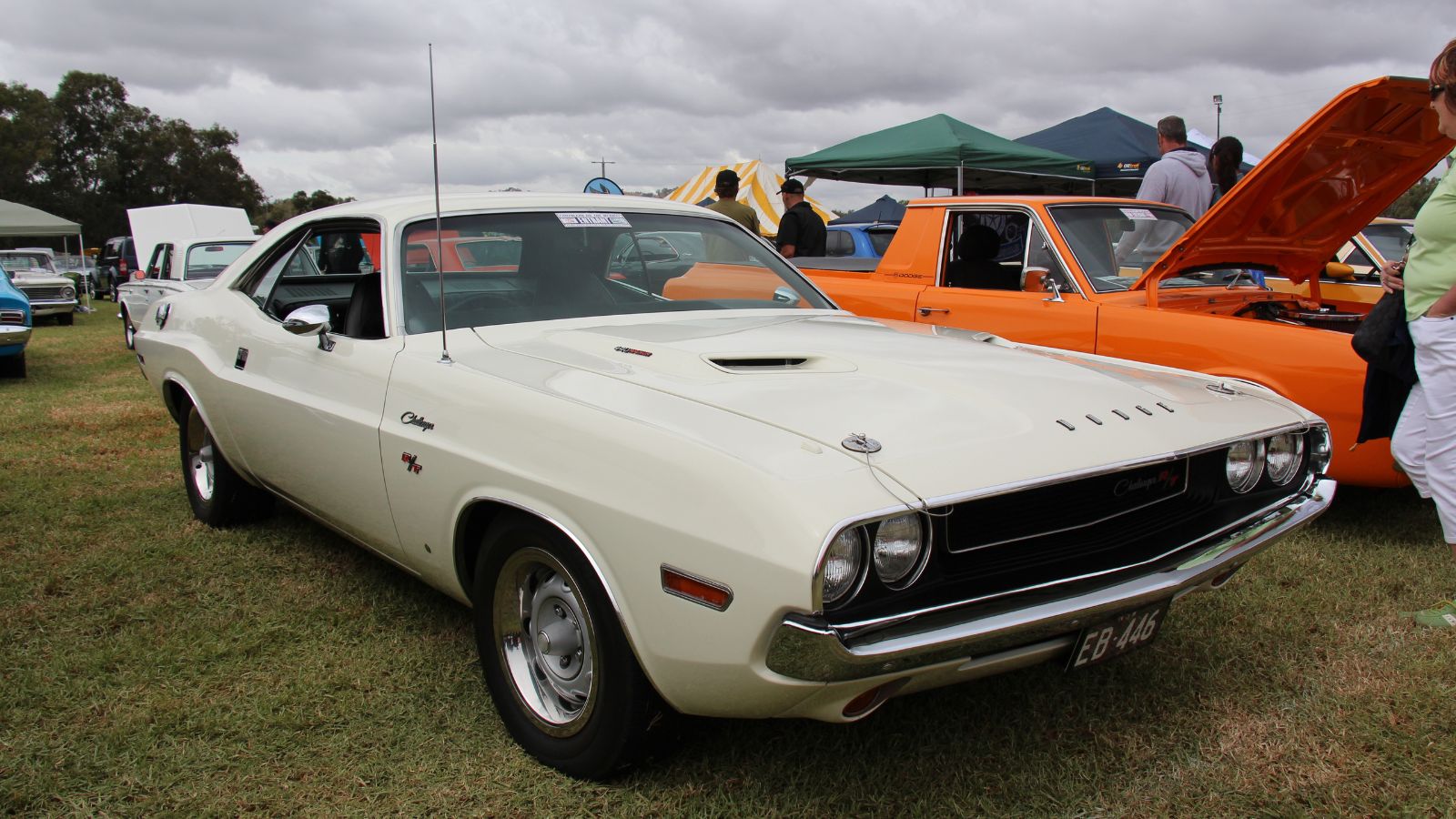
Arriving late to the pony car wars, the Challenger made a big splash with huge engine options. But those big engines made it guzzle fuel faster than many of its rivals. For Canadian buyers who wanted a muscle car but also had to cope with long distances, the Challenger’s thirst was always a compromise.
Buick Electra 225 (1970–1976)
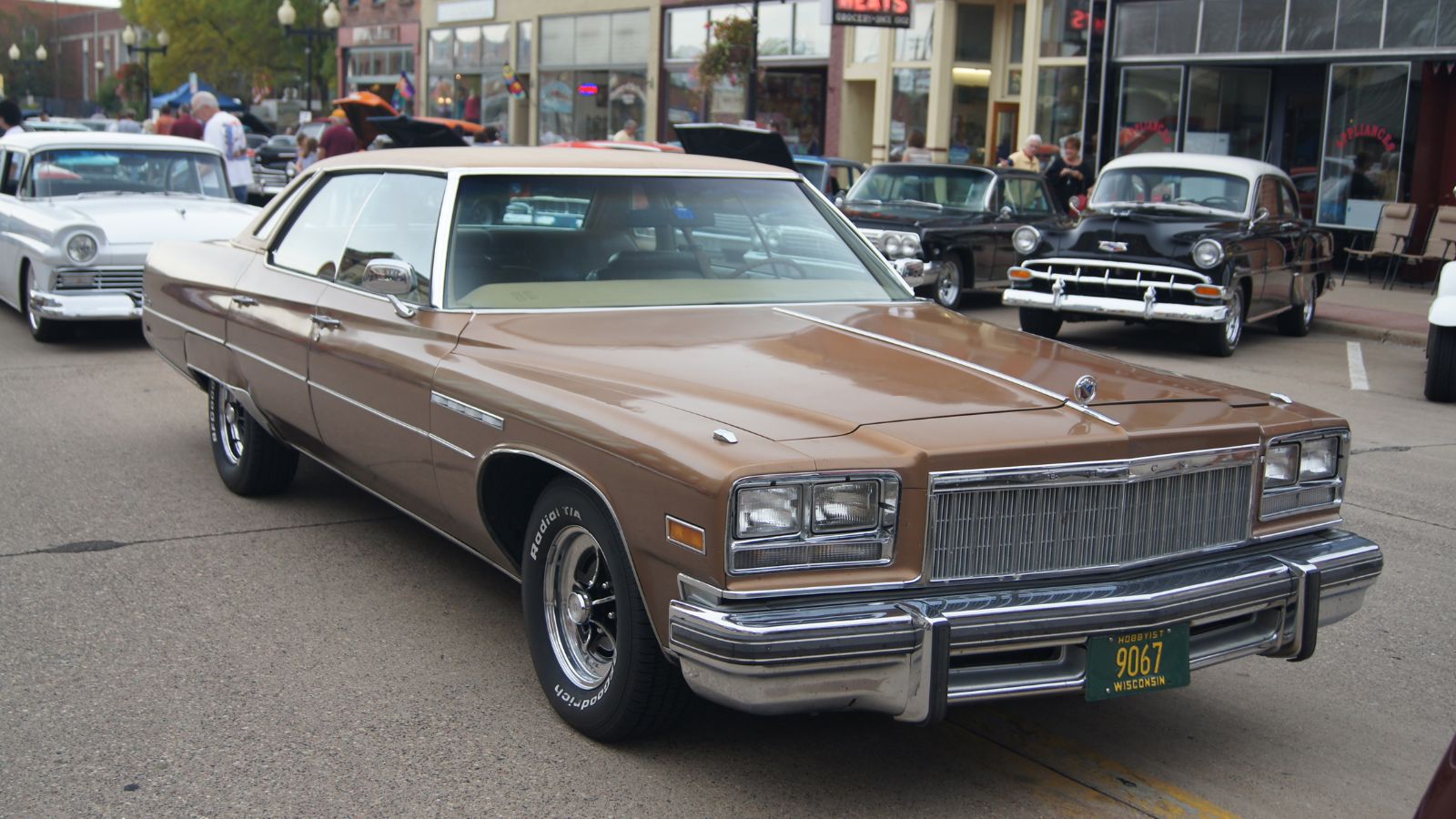
Nicknamed the “Deuce and a Quarter,” the Electra 225 was Buick’s flagship luxury car. With its 455-cubic-inch engine, it floated down Canadian highways in comfort but required a near-constant diet of premium fuel. Gas mileage was never a selling point style and status were.
Pontiac Bonneville (1970–1978)
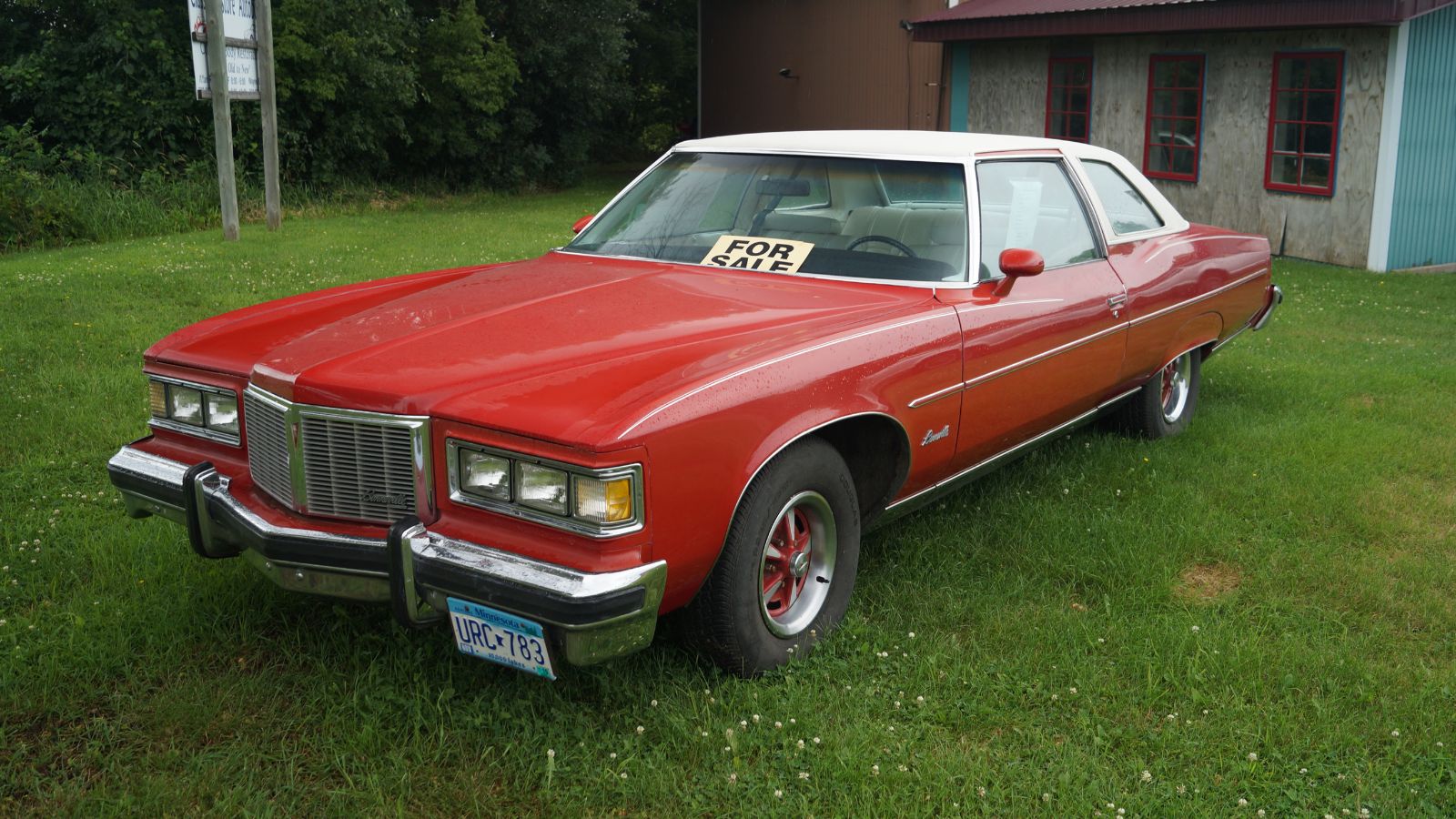
The Bonneville was Pontiac’s top-tier full-size sedan, boasting comfort and power. But it was also one of the thirstiest cars of the decade. For Canadians, the Bonneville was an aspirational vehicle, but owners quickly learned that fueling it was like paying a second car payment each month.
Why These Cars Drank So Much
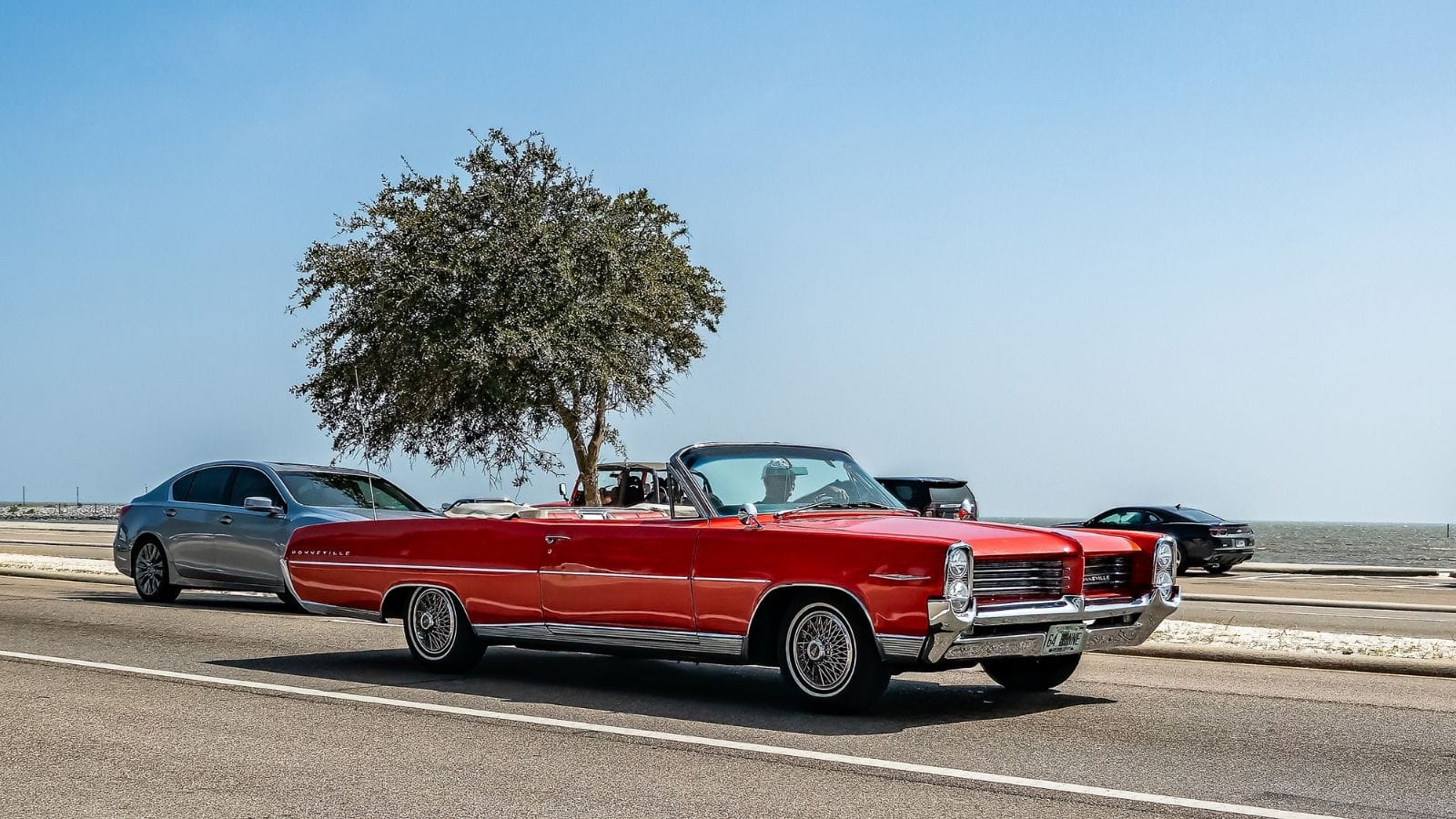
The cars of the 70s reflected an era when excess was celebrated. Size mattered, engines were enormous, and performance was measured in cubic inches rather than efficiency. Then came the oil crises, and Canadians, like everyone else, realized that their beloved machines had a serious drinking problem. Suddenly, gas guzzlers that once symbolized power and prestige became financial headaches. Yet today, these same thirsty beasts are remembered with nostalgia symbols of an era when cars were bold, unrestrained, and unapologetically indulgent.
25 Facts About Car Loans That Most Drivers Don’t Realize

Car loans are one of the most common ways people fund car purchases. Like any other kind of loan, car loans can have certain features that can be regarded as an advantage or a disadvantage to the borrower. Understanding all essential facts about car loans and how they work to ensure that you get the best deal for your financial situation is essential. Here are 25 shocking facts about car loans that most drivers don’t realize:
25 Facts About Car Loans That Most Drivers Don’t Realize
